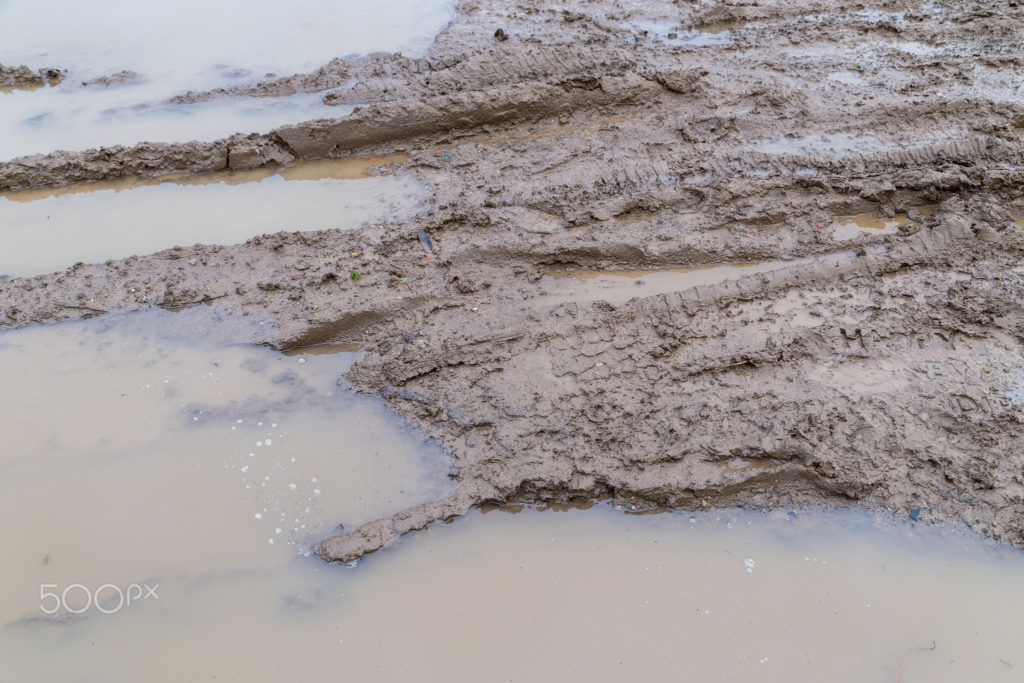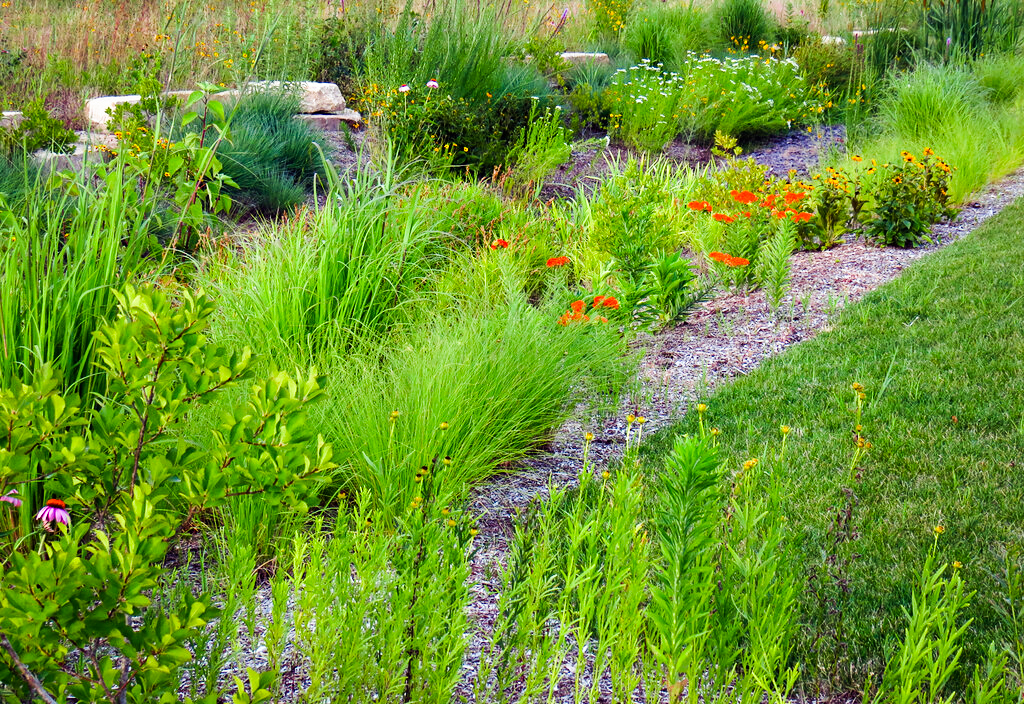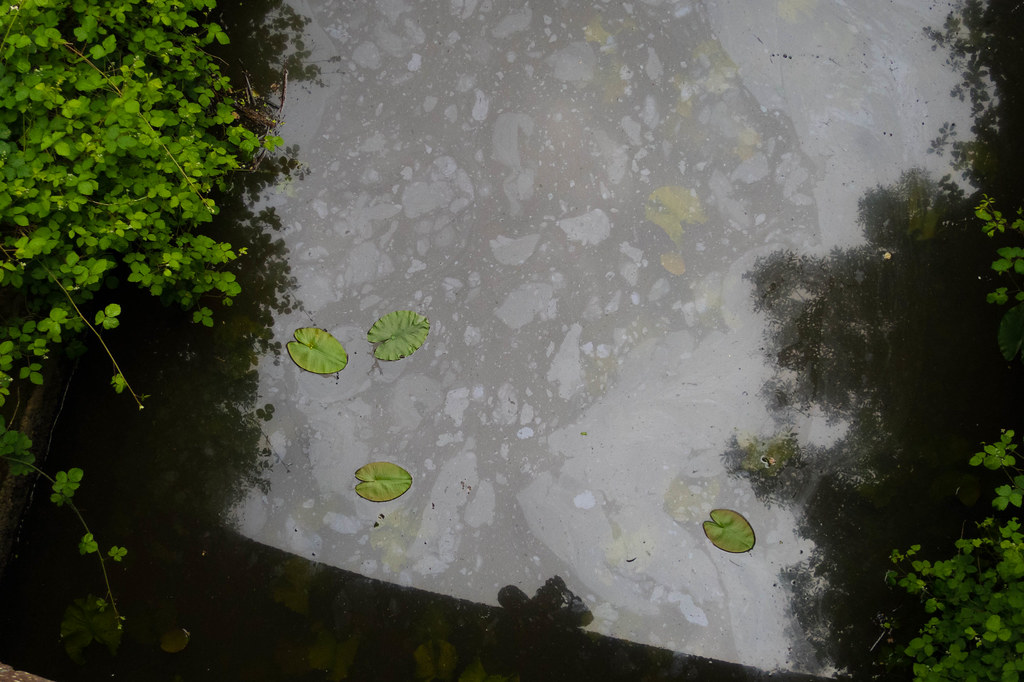How Water Affects Your SWPPP
Impaired Waters
When there are impaired waters on or near your site, check your permit to see if you may have additional considerations or requirements when protecting these waters. When looking at the regulations, make sure you pay attention to what type of pollutants are present, because sometimes the pollutants impairing the water may not prompt additional considerations.

If you do find that the permit says you need additional controls, these requirements often include a more frequent inspection schedule, lower precipitation thresholds before conducting additional post-rain inspections, and additional inspections based on weather forecasts. After the work is complete, you may also have shorter timeframes for stabilization efforts, so be sure and work those into your project timeline.
Surface Waters

When your project disturbs land near a surface water, such as a river, lake, ditch, or pond, check your permit again. Common requirements for working near a surface water include a natural buffer and additional erosion and sediment controls. Additionally, you may be required to run certain calculations, such as the RUSLE (Revised Universal Soil Loss Equation) to show that the natural buffer and controls you are using to prevent erosion and sedimentation are providing the appropriate amount of protection.
And don’t forget! You’re usually still required to have a perimeter BMP even if you are installing additional controls to protect the surface water. Check your permit!
After the Work is Done
But what about after the work is done? How do you make sure the water body is protected from oils, metals, litter, and other pollutants for the life of whatever you built? Often, the answer is Low Impact Development (LID). The idea with LID is to mimic the hydrology (or the way water acts) from before the site was developed. Normally this means putting water back into the ground, rather than the nearest surface water, but there are other ideas such as rainwater harvesting that can help.

LID needs to be considered during the planning of the project, so when you are drawing up the plans, consider the future. How will pollutants be dealt with? Will they be pushed out of the way and into the surface water? Or will they be directed towards controls that reduce the pollutants affecting our waterbodies?
Of course you’re going to choose to reduce the pollutants, so find the best ones and put them in your plans and the SWPPP! You’ll need to make sure they’re installed correctly during the project’s progression, so don’t forget to check those out each time you walk by.

